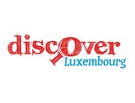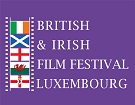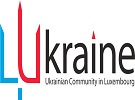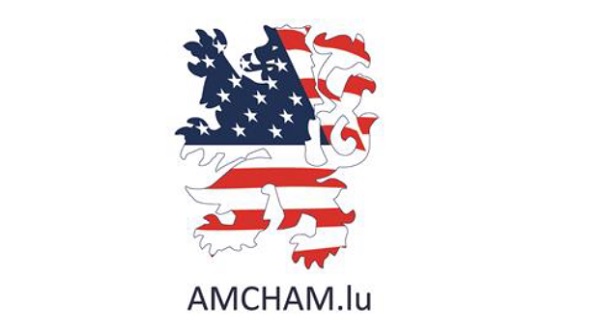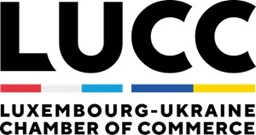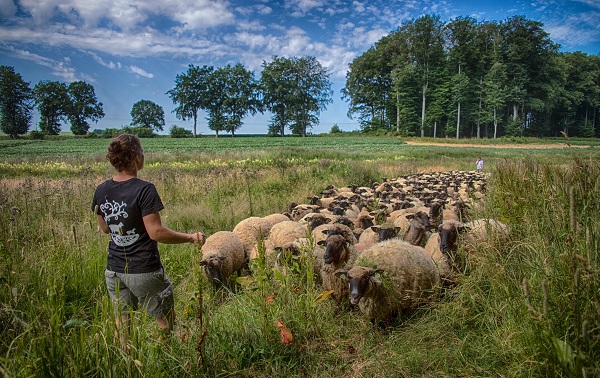 Seasonal movement of herds (Wanderschéiferei);
Credit: Guy Krier
Seasonal movement of herds (Wanderschéiferei);
Credit: Guy Krier
Luxembourg's Ministry of Culture has announced that, after several years of intensive preparations, Luxembourg is contributing and participating in three multinational applications for the Representative List of the Intangible Cultural Heritage of Humanity to UNESCO, as follows:
• Transhumance, seasonal movement of herds (Wanderschéiferei)
• Traditional irrigation in Europe: knowledge, technique and organization (Fléitzen)
• Maieutics: knowledge, skills and practices of midwives (Hiewanskonscht)
These three elements are part of the “knowledge and practices concerning nature and the universe” domain of the UNESCO Convention for the Safeguarding of the Intangible Cultural Heritage of 2003, of which Luxembourg has been a State Party since 2005. Before the start of he extensive international consultation process with a view to preparing the application to Unesco, the communities concerned by the three elements were involved in a national consultation.
1. Description of applications
• Transhumance, seasonal movement of herds
Description: Transhumance, from the Latin 'transumere' ('trans' - across/beyond, 'humus' - soil/earth), is a form of pastoralism, a seasonal movement of people with their livestock (sheep, cows, goats, horses, donkeys, etc.) between several geographical and/or climatic regions along traditionally used pastoral paths or established routes. Every year, according to the rhythm of the seasons, in spring and autumn, herders organize the movement of cattle, driving with their dogs hundreds, even thousands of animals along these routes.
An ancestral practice, transhumance shapes the relationships between people, animals and ecosystems, connects territories, involves common knowledge, social practices and rituals in animal care and breeding, stimulates the biodiversity of domestic animals through the preservation of local/indigenous breeds adapted to difficult local geographical and climatic conditions, contributes to the management of land, forest and water resources and the prevention of natural risks, encourages artistic production, festive events and the crafts, and structures transhumant pastoral communities.
Participating Member States: Albania, Andorra, Austria, Croatia, France, Greece, Italy, Luxembourg, Romania and Spain.
Links: https://www.naturemwelt.lu/de/actions/paturage-extensif-transhumance-des-moutons/; http://www.schaeferei-weber.lu/
• Traditional irrigation in Europe: knowledge, technique and organisation
Description: Traditional irrigation is a type of agricultural irrigation that relies on the strategic use of gravity and manually constructed systems, such as canals and ditches, to deliver water from natural springs to fields. Practitioners choose specific periods (often determined by particular regulations) to divert water from canals to fields. To irrigate the fields, small ditches are temporarily dug or the water is dammed, creating an overflow. To use this method sustainably and effectively requires a thorough knowledge of the landscape, water flow and weather conditions.
Participating Member States: Germany, Austria, Belgium, Italy, Luxembourg, Netherlands, Switzerland.
Link: https://www.naturpark-sure.lu/fr/projects/fleizen/
• Maieutics: knowledge, skills and practices of midwives
Description: The know-how of midwives includes knowledge and skills aimed at promoting the well-being of women, babies, children and families. Midwives provide continuity of care and support during the natural processes of pregnancy, childbirth and after birth. They are based on evidence-based research, intuition, as well as empirical and traditional knowledge. They guarantee fundamental human rights, especially those of women. Midwifery can be practiced by people regardless of gender. However, it is a profession mainly exercised by women.
In addition to their medical and anatomical knowledge, midwives use their senses – touch, smell, sensation and observation. Their skills and knowledge have been safeguarded, developed and transmitted by communities over generations. Today, transmission takes place in formal, non-formal and informal education settings. Furthermore, the element involves specific cultural practices, vocabulary, celebrations and rituals, such as the cutting of the umbilical cord.
Participating Member States: Colombia, Cyprus, Germany, Kyrgyz Republic, Luxembourg, Nigeria, Slovenia and Togo.
Link: https://www.sages-femmes.lu/
2. National inventory and mu nomination procedure
Since its foundation in 1945, UNESCO has worked to protect different kinds of natural and cultural heritage. In 2003, Member States adopted the Convention for the Safeguarding of the Intangible Cultural Heritage, which is the first legally binding international instrument concerning this heritage. Since its adoption, 180 countries, including Luxembourg, have joined this convention.
As provided for by the convention, the first step in the safeguarding of an element of intangible cultural heritage is its inscription on a national inventory. By ministerial decree, the three elements mentioned above were included in the Luxembourg inventory in 2019 and 2021 respectively.
The national inventory, specified by the law of February 25, 2022 relating to cultural heritage, is an evolving tool that will be completed over the years by communities wishing to safeguard their intangible cultural heritage element. Interested communities are invited to submit their applications via www.iki.lu.
States Parties also submit multinational nominations in order to encourage international cooperation and present a common and inclusive cultural heritage of humanity. To date, two Luxembourg candidacies have been admitted to the representative list, namely: the dancing procession of Echternach in 2010 and the musical art of the trumpet ringers (Haupeschbléiser) in 2020. In Luxembourg, multinational candidacies are advised by the Luxembourg Commission for Cooperation with Unesco, before their international submission.
An intergovernmental committee decides each year on the inclusion of new cultural forms on UNESCO's lists of intangible cultural heritage, on the recommendation of an evaluation body.
3. The diversity of intangible cultural heritage
Intangible cultural heritage encompasses traditions or living expressions inherited from our ancestors and to be transmitted to our descendants, such as oral traditions, performing arts, social practices, rituals and festive events, knowledge and practices concerning nature and the universe or even the knowledge and know-how necessary for traditional craftsmanship.
These include, for example, sauna culture in Finland, Argentinian and Uruguayan tango and reggae in Jamaica, beer culture in Belgium, the gastronomic meal of the French or even falconry.
To discover the diversity of intangible cultural heritage, do not hesitate to explore and consult the lists of intangible cultural heritage and the register of good safeguarding practices by following the links below: https://ich.unesco.org/fr/lists; https://ich.unesco.org/en/dive



